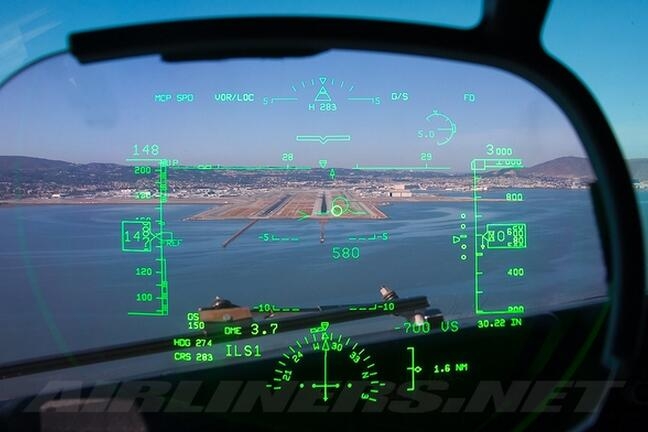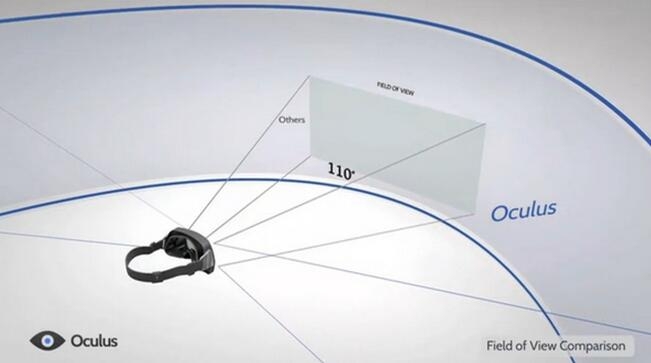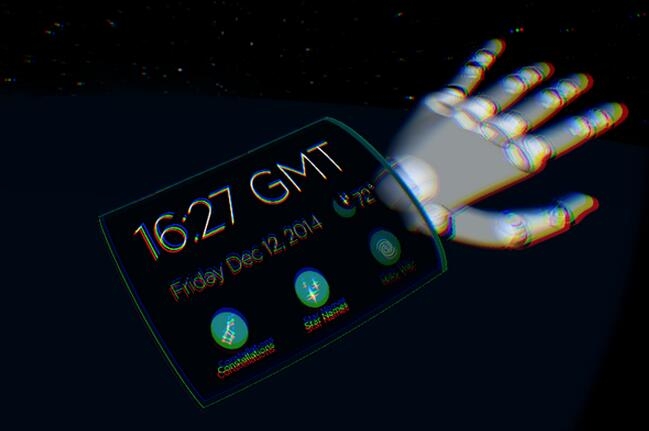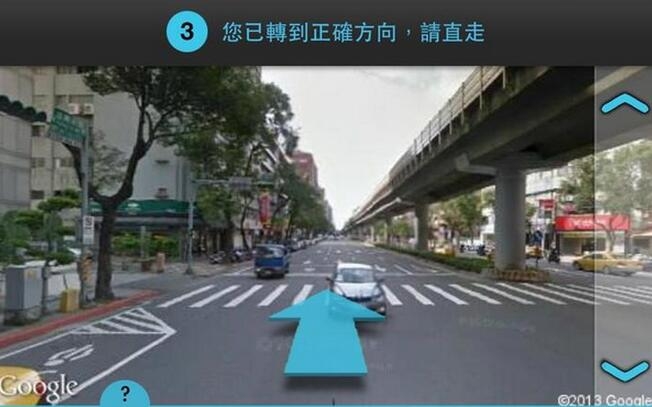Lei Feng Network (search "Lei Feng Network" public number concerned) : Author Sun Pengyang (known almost dizzarz), Cloud Investment Products Director, concerned about VR / AR field.

With the maturity of technology, what kind of service network needs to be formed in the future? We can predict the future technological life based on the current technological development.
Here we fictionalize a future web user, a tony teacher of robot development engineer, to deduce the future service network through the imagination of future life:
"When Tony gets up in the morning to go to work, she just puts on a VR display device, picks up the interactive device and enters a fixed walking support device to complete all the preparations for going to work. Like we are sitting in a computer chair now, turn on the computer Take the mouse and jump into the cyberspace from the real family without leaving the home.
Just like we go to the workplace, after entering the virtual space, we need to select the destination. The engineer Tony chooses in the space of the system media (the part of the virtual space that is used to carry the menu), is a personal office space, a team work space that reaches the virtual world, or an action game virtual world that stays when he exited last night. When he decides, he can descend through the channel in the team workspace. All the default interfaces in the scene are switched to the style required by the office. Through the support of interactive devices, the engineer can conveniently perform robot software programming with his teammates in the work space of the virtual world, design the hardware model, and confirm the functions of the hardware products in an immersive environment at any time.
After completing a series of development and design work, he jumped out of the workspace and returned to his personal office space, recording the work of the day. Then came to the virtual world of action games. When he feels tired at night, he jumped out of the game world, set awakening in the system media space, and arranged some to-do items to be linked with handheld devices and wearable devices. He took off his helmet, left walking support equipment and returned to the real world. â€
In the future, the core purpose of the VR industry is to meet the purpose of a social person to produce and live, and turn VR into a basic platform for Internet services. Only by tapping the actual functions can the virtual reality world be upgraded from the novelty toys to the necessary production tools, and the virtual reality industry can be established and demanded by consumers.
Such a service platform needs to support functions in the virtual space through an interface interaction system and a message system. In the virtual world use environment, as the spatial relationship adjusts, the user completes all interaction operations from the screen perspective, through the mouse and keyboard, and re-uses all the technical properties of the original computer world as an independent subject walking in the virtual world. Lens and interface, interaction and functionality, user and guidance system (message reminder). We will discuss the following below.
Interface system development and changeThe operation interface is the core of the human-computer interaction, including the user interface design, the interface hierarchy and the corresponding function, the correspondence of the interface and interaction, including the interaction logic and display logic design. All the functions of the system are displayed through the operation interface. The interface is the refinement of the content. For users, mastering the user interface is equivalent to understanding the system business.
"Why should we develop an interface system for the virtual world instead of using the original interface system?"
With the development of the VR industry, many VR interface development directions have already been included in the demo VR demo scene. Because the functional design of Demo is limited, taking the virtual scene experience as the core purpose, the function use time is shorter, and the demand for interface use is not so urgent. In simple terms, the interface requirement under Demo is to reach the Demo from the open interface, allowing the user to quickly experience the shocking experience of the VR scene. It is not necessary to distinguish between what is the interface of the system and what is the interface of the function. So everything is intuitive in the demo. However, if we expand the functions of the VR world and require long-term use and effective use, we need to allow users to have a deeper understanding of the business, be able to grasp and use it quickly, and do not need to bear higher learning costs. How to improve the interactive interface system at this time becomes a major problem in the virtual space.
The traditional operation interface is below the two-dimensional plane. In the screen, the interface system is used as an index to organize the stacked functions. In the PC era, the pinnacle of interface design is various editors. In the editor, developers group and display system functions, business functions, business development, business descriptions, interface settings, and interaction settings. For builders, understanding the editor understands the organizational principles of interface design. Through the interface system, users can find all kinds of functions to complete the operation in sequence. At the same time, the interface system also guarantees the effective understanding of the functional index by the user. This understanding is the basis for quickly using the same platform software.
After entering the 3D era, video games enabled players to navigate in the virtual world, but essentially projected the virtual world in a two-dimensional plane. Users still control the world through a screen that looks at the entire world in a fixed location. Therefore, the interface design itself is also confined to a single screen (frustum).
The biggest reform of the “interface†in the VR era is that the user as a whole enters the virtual world and no longer interacts with the world through a fixed camera. After the support of mobile devices, it becomes a “freedom walkerâ€. " . For the first time, users of the VR world have obtained his free head and flexible sight. The relationship between the computer world and the user is reshaped by VR. For the user, the VR space is intuitively incorporated into the user as a world. From a design perspective, the function is no longer a high-tech data interface, but rather the unity of specific functions and concrete images, and materialization becomes a realistic choice. Flattening will become the abstraction of the concept as the main design method of the reminder system. The original computer and network became a function of space. This change is the root cause of the disruptive development of VR interface systems and interactive systems.
In this environment, the first concept that we want to abandon is to try to display all the interface functions within the cone of one lens, which means that the interface is understood as a fixed screen that the user needs to face forever. Similarly, attempting to form a curved surface to conform to the angle covered by the lens (FOV) is also a direct extension of the concept of a fixed screen, just to expand the display needs, but the two-dimensional interface needs to be rigidly transplanted into the virtual architectural space. . This direct handling of traditional screen imaginings ignores the essence of the user as a moving individual. For designers of interfaces and functions, the relationship between interface and space becomes the first concern, followed by the relationship between interface and function. For the user, the interface of the virtual world means "I see" (HUD mode interface), "I use" (functional interface), "I follow" (as the environment provides interface).
Therefore, the innovation of the interface that we face is based on the premise that the user is free to look at the new world in the free movement. Such an interface system first designs around the user's visual needs, space needs and functional requirements, and is responsible for interaction. The operation is no longer the watch and keyboard, but the user's entire, including movement, sight and hands. We are here to discuss how the interface system will develop.
"I see":We need to follow the user's point of view to create the most basic user interface within the user's line of sight and provide the user with a basic functional interface, location interface, and line of sight interaction description in the virtual space. This interface is the basis of the system service. In this interface, the user controls the settings of the system, obtains the basic location information, and alerts and leaves the system. This interface is true in the user's line of sight and is displayed directly in the lens as a HUD. In the display, this layer of the interface is superimposed on all other displays in the virtual world. This shows from the side that the interface relationship of the virtual world is displayed according to the functional hierarchy.

For the user, when using an interface that is always suspended in the FOV, fatigue or even vertigo may occur due to the need for repeated focusing. For example, in many AR devices, this is very obvious. Google's practice in Glass is to place it on the line of sight. When the user is viewing it, it will automatically focus. In the VR world, what we need to deal with is to place an interface layer in front of the user's camera. The purpose of this interface layer is to display the widget placed by the user. In daily use, the widget on the HUD is ignored by the user, and the widget is focused on when the user uses it, or the device can be called out of the system interface or launched by the application software.
HUD:
Display basic system information and guidance information in the FOV. The basic information includes various system widgets, and the user can choose to place those widgets and set the position in the HUD. The widget on the default HUD should not obscure the user's line of sight and is the main purpose of guiding and reminding. And it should not be confused with the VR scene content when overlaying. So the design should be translucent, wireframe style.
The elements on the HUD need to focus on the complexity. First of all, because the content can't be too frequent and can't block the user's sight, grouping around the FOV is an acceptable choice. When the user needs to view the content of the HUD, the line of sight is focused on the widget of the HUD, and the user interacts with the gesture or sight line to interact with the next step. However, there is a risk that it may cause physiological discomfort, which may cause discomfort when the user frequently focuses or moves while focusing on the HUD. This is a clear case in some traditional AR equipment. (Some users report a strong migraine after using Google Glass.)
The guide includes interface information that is not displayed or not completely displayed in the FOV, and is coaxial with the user's view cone, and does not change the display relationship as the user turns the head, but requires an interface tool to be called out through the gesture. At the same time, the guidance mode and the HUD can be superimposed together. The user invokes the HUD interface by using interactive gestures or tools to ensure that the HUD interface is hidden under normal conditions.
We can also use a way of thinking that the user as an independent individual, set his hemispherical range as the range of the HUD, so that the user can put some information in the range that does not affect the head-up. How to make good use of the FOV, but also independent of the interface layer of the virtual space, will be an interesting topic of human-computer interaction in the future. This can also reduce the discomfort caused by HUD information display. However, VR's HUD may not include time information. In the VR era, people may all like to bring a virtual watch.
System settings:
The system settings belong to the interface that requires booting. As previously described in the concept of space, the system setting is a private field for users to control themselves, and does not include personal private space, but is independent of the scene space. This unique spatial attribute can be Call it the media space.
The system settings should include interface settings, position placement, and system interface call-out and roll-out methods. And the widget application market included in the system interface.
At the same time, interactive settings should be included. Interactive settings will be greatly expanded in the era of VR, because the means for users to participate in interactions are enriched. The interaction will include input device interactions, action-supported interactions, voice interactions, and line-of-sight interactions. This section will be explained in detail in the interactive section.
Application software launch interface (launch and dock)
Is the virtual world application software system handed over to the virtual world as a widget, or as a unified market, similar to the Appstore distribution? This will be a major topic in the future business model. We will not comment on these two models. Both are feasible in the long run. Or there is a universal virtual world "browser", and after entering each virtual world as a very large website (or App) full of in-app purchases is also a very interesting future. We will first discuss the hierarchical relationship of the application software market in the system interface.
From the use of management, in order to facilitate the operation, the application software must be divided into common categories, all categories (commonly used content is a subset of all class content). Find by folder, search. Turn on individual applications by opening a specific file.
In simple terms, we need to allow users to mark certain applications as applications that can be quickly turned on, while providing access to view and find all applications. This "quick opening" needs to limit the total number, and can be called and used through a set of interactive techniques, similar to the "quick items" in the game or the "dock" column in the system interface. At the same time provide all application of the display area, you can use search or browse to find similar RPG game backpack system or operating system "program." The specific form can be specifically set according to the scene needs of the virtual world.
When a certain "data" or "content" of the virtual world needs to be operated by a certain software application, because of the particularity of the virtual world, "data" or "content" must be displayed in an image so that the user can According to the text description or display style to identify the corresponding application.
The more intuitive way is to display the system interface (launch and dock) as a hand-held style. The advantage of this is that the user can intuitively see the open position of the “application software†when using the interactive device. At the same time when operating in a handheld manner, the visual focus is natural. And by hand-held operation will be very consistent with the user's daily operations.

The operation form can refer to this gif: http://blog.leapmotion.com/wp-content/uploads/2014/12/arm-hud-widget2.gif
Leap has done a lot of groundbreaking experiments on hand interaction, but in practice I personally recommend providing as few gestures as possible, trying to achieve interactive content in a single plane, reducing hierarchy and expansion, and more conducive to users. Understand and master.
"I use":How will future applications be used? It is possible to visualize the relationship between data and corresponding operations. For example, the production of a 3D model corresponds to the relationship between a stonemason tool and a stone. The future application software is "masonry tools." At this level, we need users to elaborate a set of "markup language" to describe the appearance and the meeting of the virtual world "items" - that is, various applications.
This has the advantage that any virtual space can be customized for the corresponding interpretation of the "markup language". In other words, different virtual machines are just like different CSS interpreters, and users who enter the virtual world are quickly customized according to their visual style.
At the same time, if all kinds of functions are as general as entities, the functions can be displayed not only through icons but like launches, but can be specifically put out. Of course this is more in line with the needs of certain products.
Functions In the virtual world, the following content needs to be defined: presentation effects (describing appearances through markup languages), holding methods (how users use them), functional scope, functions, and data correspondence.
E.g:
We need to design a vehicle for a virtual world. First we need to define whether this is a generic function or a product in a specific virtual scenario. Then we need to describe its appearance through the model file, describe its scope through the texture file, and the model file and the texture file are specifically defined according to the environment. Then describe how the user wants to enter this function. And how can you use the related features of this product. At the same time, it is necessary to define the environment in which he needs to be used. In the end, it is necessary to define the user who meets the conditions to be loaded into this vehicle.
"I follow":When the user enters a virtual scene, we need to ensure that the user does not lose the direction in the virtual world, otherwise the user needs to continuously use third-party tools, and it needs to continuously perform scene switching. This is a failure for the scene designer. This is because with the upgrade of the function, the scene must be more complicated. Therefore, the entire environment needs to provide the user with a location guide. This guideline includes the user's specific purpose and the user's unclear purpose. The user is in the moving state and the user is stationary. In essence, we need to provide an architectural location notation system for most of the virtual scenes at any time to remind the user in which scene location.
When the user is in a virtual environment, if he has a specific and clear goal, he can use the transfer or move to arrive. In the transmission mode, we need to provide "point and point" jump interaction logic. If the user intends to move to arrive, then we need to make an environment-indicative guidance for the path for all the channels. This guidance is similar to the mixture of traffic navigation and geographical location information. Because traditional location information will become more and more meaningless as the development of the virtual world.

If the user stays in the virtual world, the environment needs active placement information. This information can be communicated to the system notification, and can be viewed by the user, and can also be directly displayed in the channel of the virtual world using the marker display mode.
Wire Carrier & Tubular Carriers
Fabricated steel wire baskets and wire carriers are designed and manufactured using high quality steel tubing as well as sheet metal for the coiling of wire. A solid basket is often used in house for rod break-down and then used subsequently in wire drawing of large stranders for power cables. Wire carriers are used for coiling and packaging wire from wire drawing equipment, and are then used as in-house or shipping packages.
Wire Coiling Baskets
- Manufactured from high quality tubing
- Heavy duty construction
- Heavy duty construction
- Various sizes per application
- Standard sizes per coiler
- Manufactured from high quality tubing
- Light-to-heavy duty constructions
- Square, clover & star base
- Sizes as per request
Wire Carrier

Coil Carriers, Cable Basket, Steel Basket, Steel Coiler, Wire Carrier
NINGBO BEILUN TIAOYUE MACHINE CO., LTD. , https://www.spool-manufacturer.com